Orce in the Granada Geopark is in the Altiplano de Granada and is reputed to be the home of the first hominids in Europe
By Nick Nutter | Updated 18 Mar 2023 | Granada | Villages |
Login to add to YOUR Favourites or Read Later
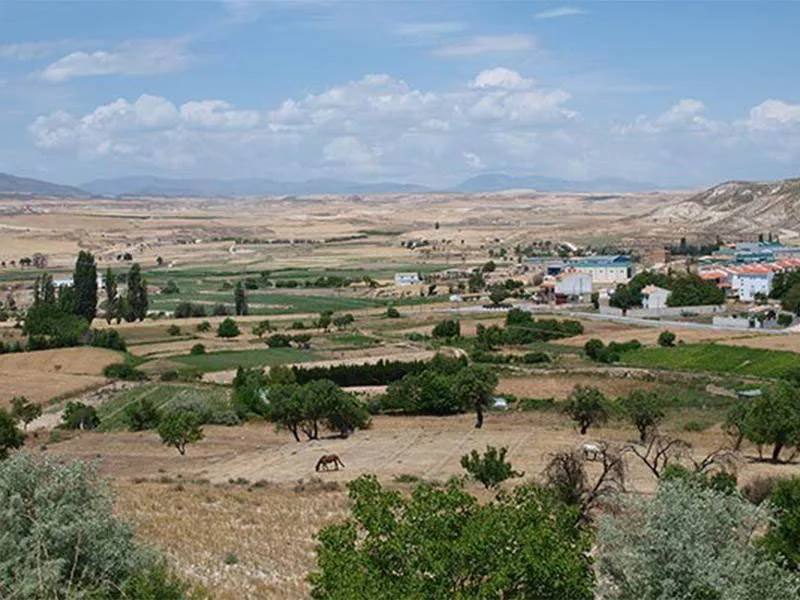
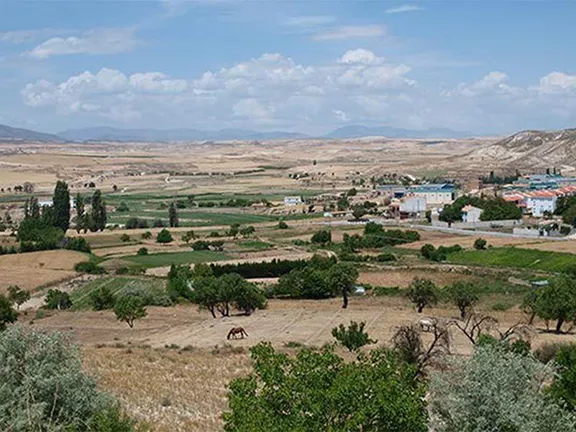
Orce
Until the summer of 1982, Orce was just another village in the Altiplano de Granada. Its inhabitants, and those of neighbouring hamlets, depended on agriculture and breeding livestock in the lush pastoral valleys that are separated from one another by wide, dry, flatlands. The town is situated in the far north east of Granada province, at a height of 926 metres above sea level in an area classified as the southernmost desert in Europe. The population is less than 1,500. Hardly the place, you would think, to spark a fiercely argued controversy that is still not settled after 40 years.
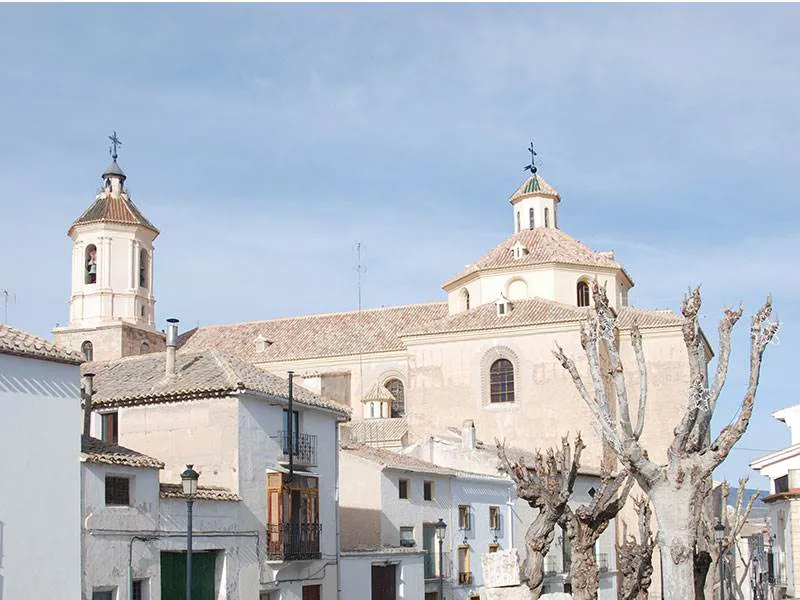
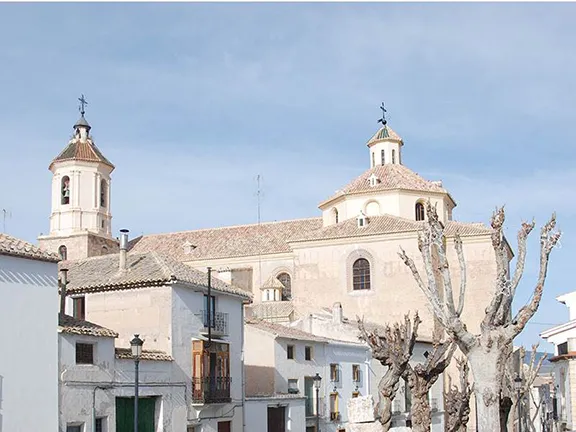
Orce church
Orce is a typical, high, dry plains village in Andalucia. It has a castle, the Alcazaba de las Siete Torres, the Castle of Seven Towers, that was started in the 6th Century AD and finished in the 16th. Clustered round the castle is the village itself with a square and a few bars and restaurants that feature the famous segureña lamb on the menus.
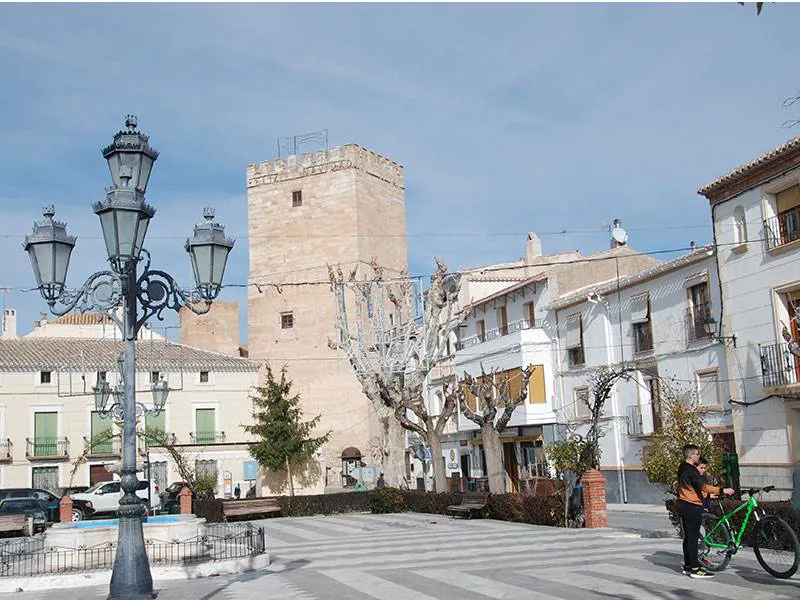
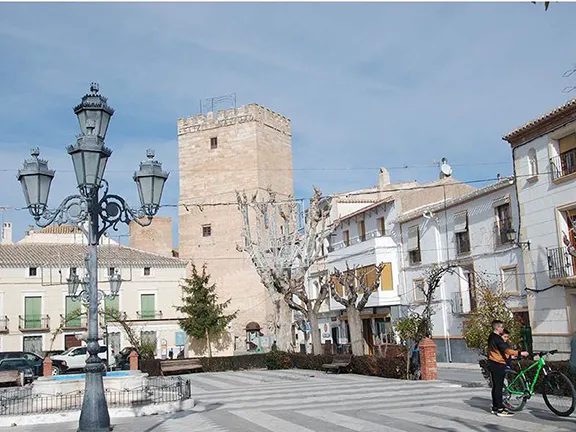
Orce main square
The town sits within the Guadix-Baza Depression, a large area that was, until half a million years ago, a lake called Lake Baza. Lake Baza had existed for millions of years, since the whole area was uplifted from the bottom of the Tethys Sea. The rock strata in the area is rich in fossils dating back hundreds of millions of years, a favourite spot for geologists and archaeologists. Three sites near Orce had been attracting attention since the 1970s, Barranco León, Venta Micena and Fuente Nueva.
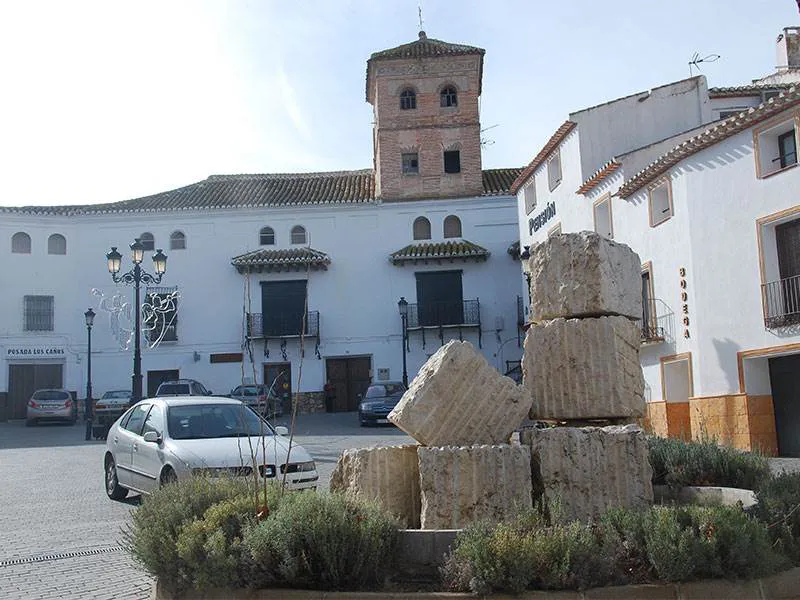
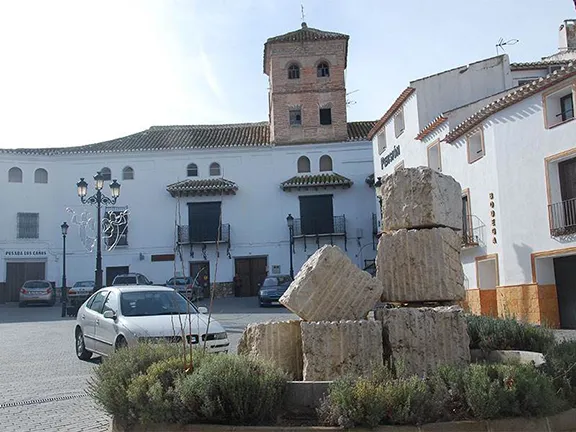
Orce
During the 1980s, European countries were vying with each other to have the honour of finding proof of the oldest human inhabitants in Europe. Within Spain, such proof would bring prestige to the newly forming autonomous communities.
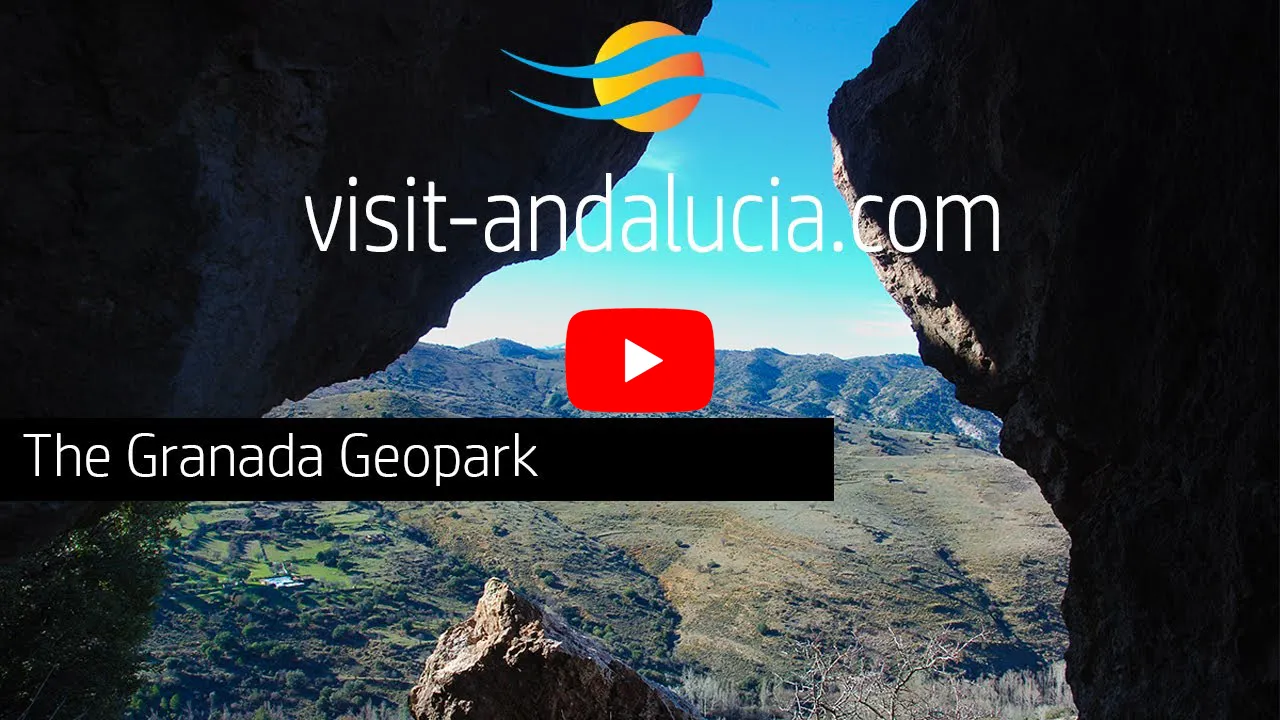
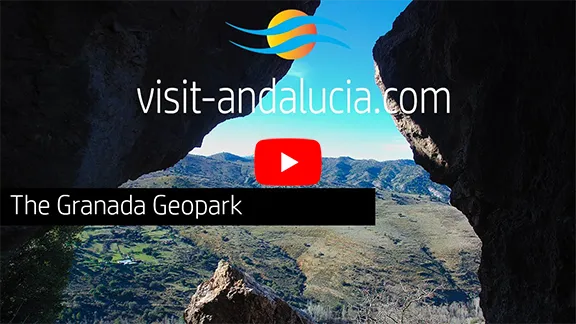
Video By: Julie Evans
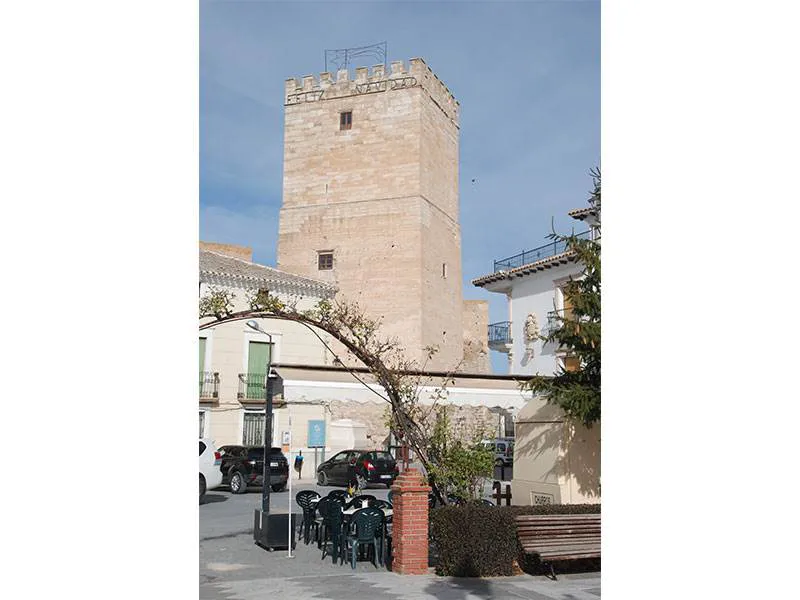
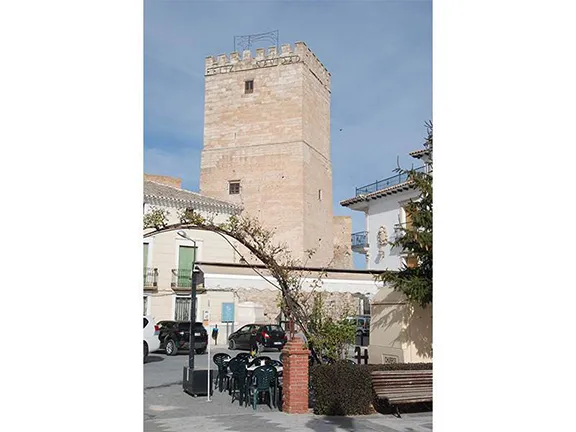
Alcazaba de las Siete Torres
In the summer of 1982, three palaeontologists from the Institut de Paleontologia de Sabadell in Catalonia, Josep Gilbert, Jordi Agusti and Salvador Moyà-Solà, working at the Venta Micena site, discovered a fragment of skull. In July 1983, it was announced at a press conference that the fragment was human and 1.4 million years old, making it, at that time, the oldest proof of humans in Europe. Unfortunately, a large proportion of the scientific community did not agree, arguing that the skull fragment was equine. The resulting argument was fierce and vicious and ultimately did nothing for Josep Gilbert’s reputation. Since then two teeth, identified as hominid milk teeth, have been found at Barranco León. They have been dated to between 1.04 and 1.73 million years old. Some palaeontologists argue that at least one of the teeth is from an extinct species of hippopotamus.
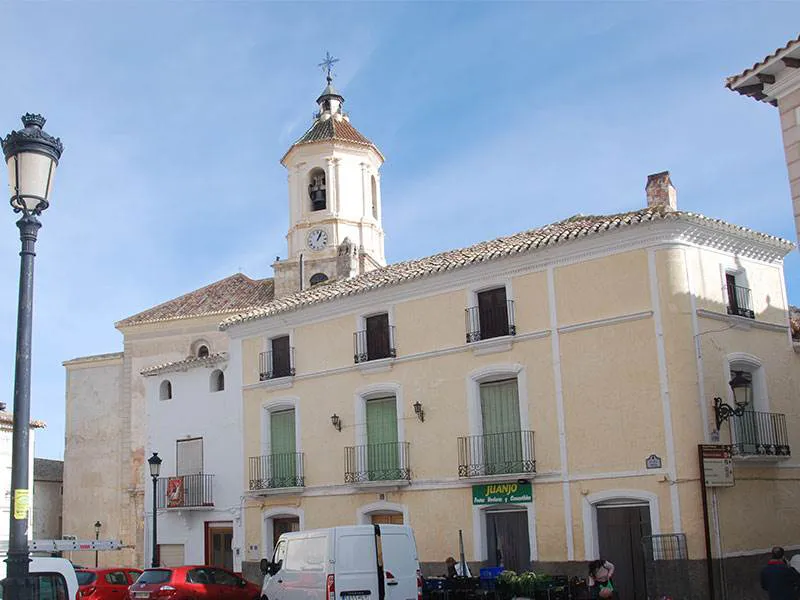
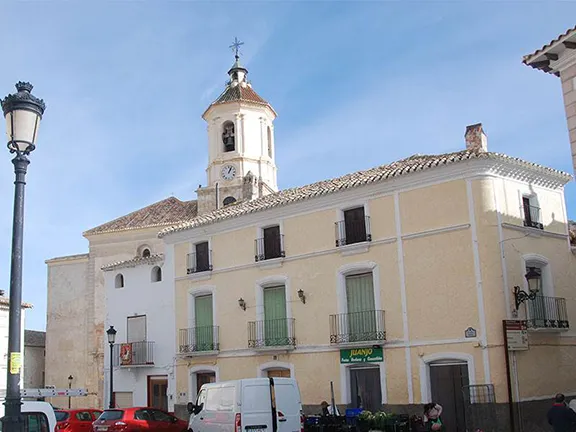
Orce
Whatever the result of the ongoing debate, Orce has benefited from a new interpretation centre dedicated to the archaeological sites. The Museum of Prehistory (Museo de Prehistoria) is on the northern edge of the town.
A geoparque (geopark or geoparc) is a well-defined territory, home to a valuable natural geological heritage. The most important parts of a geoparque, due to their scientific, aesthetic, or educational value, are called geosites.
In the north of Granada, surrounded by some of the tallest mountains of the Iberian peninsula, what we know today as the Basin of Guadix or the Guadix - Baza depression or basin was, for 5 million years, a lake with no outlet to the sea. Sediments, brought down by the mountain streams, were deposited in the basin in horizontal sheets. 500,000 years ago the basin drained to the west and new streams carved out the canyons, ravines and badlands that characterise the area, the most southerly desert in Europe, today.
Orce is a geosite due to the number of important archaeological sites within the municipality and the discovery of potentially the oldest human remains in Europe.